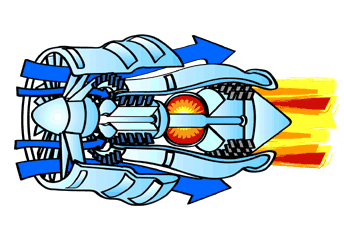Syarat2 bersahabat dan inilah ciri2 sahabat :
1. Kalau mereka susah, memerlukan bantuan, kenalah kita bantu sama ada dengan wang ringgit, tenaga mahupun nasihat dan pandangan kita.
2. Kalau mereka meminta sesuatu, kenalah kita beri. Jika kita tidak mampu, minta maaflah kepadanya.
3. Kenalah ziarah selalu dan lihat-lihatlah apakah yang perlu kita bantu.
4. Sewaktu ke rumahnya, bawalah buah tangan.
5. Berilah hadiah terutama di waktu-waktu yang sesuai seperti mereka mendapat anak, waktu perkahwinan dan sebagainya.
6. Di waktu sakitnya kenalah ziarah dan doakan kesembuhannya.
7. Di waktu mereka mendapat sesuatu yang menggembirakan, hendaklah kita juga lahirkan kegembiraan.
8. Di waktu mereka mendapat sesuatu kesusahan dan kesedihan, hendaklah kita juga melahirkan rasa kesedihan dan kesusahan sama.
9. Kebaikannya selalulah kita puji di belakangnya.
10. Kecacatan dan kekurangan atau keaibannya dan keluarganya, hendaklah kita tutup. Ertinya kita jangan mengumpatnya.
11. Kalau ada orang lain mengumpatnya di hadapan kita, kenalah nasihat orang itu atau kita tinggalkan majlis itu.
12. Kalau dia mengajak kita menemaninya ke mana-mana, kenalah kita menerimanya kecuali kalau ada keuzuran yang tidak dapat dielakkan.
13. Kalau dia menjemput ke majlis, wajib kita menerima jemputannya.
14. Kenalah ziarah serta mengambil perhatian keluarganya selepas matinya.
15. Kenalah ziarah sahabat baiknya. Kalau boleh mengambil perhatian kehidupan keluarga mereka selepas matinya.
16. Selalu mendoakannya di luar pengetahuannya atau bukan di majlisnya.
17. Berilah kemaafan di atas kesalahan terhadap kita.
18. Mintalah maaf kepadanya di atas kesalahan dan kekurangan dan kelemahan diri dalam menunaikan tanggungjawab terhadapnya.
Oleh itu, bersahabat besar ertinya. Kerana itulah Rasulullah SAW memanggil pengikut-pengikutnya dengan perkataan Sahabat.
Tetapi erti sahabat lebih mendalam dan mesra.
Erti sahabat, orang yang sentiasa mengiringi kita, sentiasa ada di samping kita atau selalu berdekatan dengan kita. Erti mengiring atau sentiasa di samping atau berdekatan dengan kita itu, bukan erti luaran sahaja. Bukan sekadar lahiriah sahaja tetapi batinnya sekali. Seperti mengiringi dan mendampingi hati kita. Dekat dengan hati kita. Dengan kata yang lain, seseorang sahabat itu sentiasa memerhati dan memikirkan kehidupan lahir sahabatnya seperti makan minum, pakaian, tempat tinggal, situasi tempat tinggal, sakit pening, susah payah dan pendidikannya.













